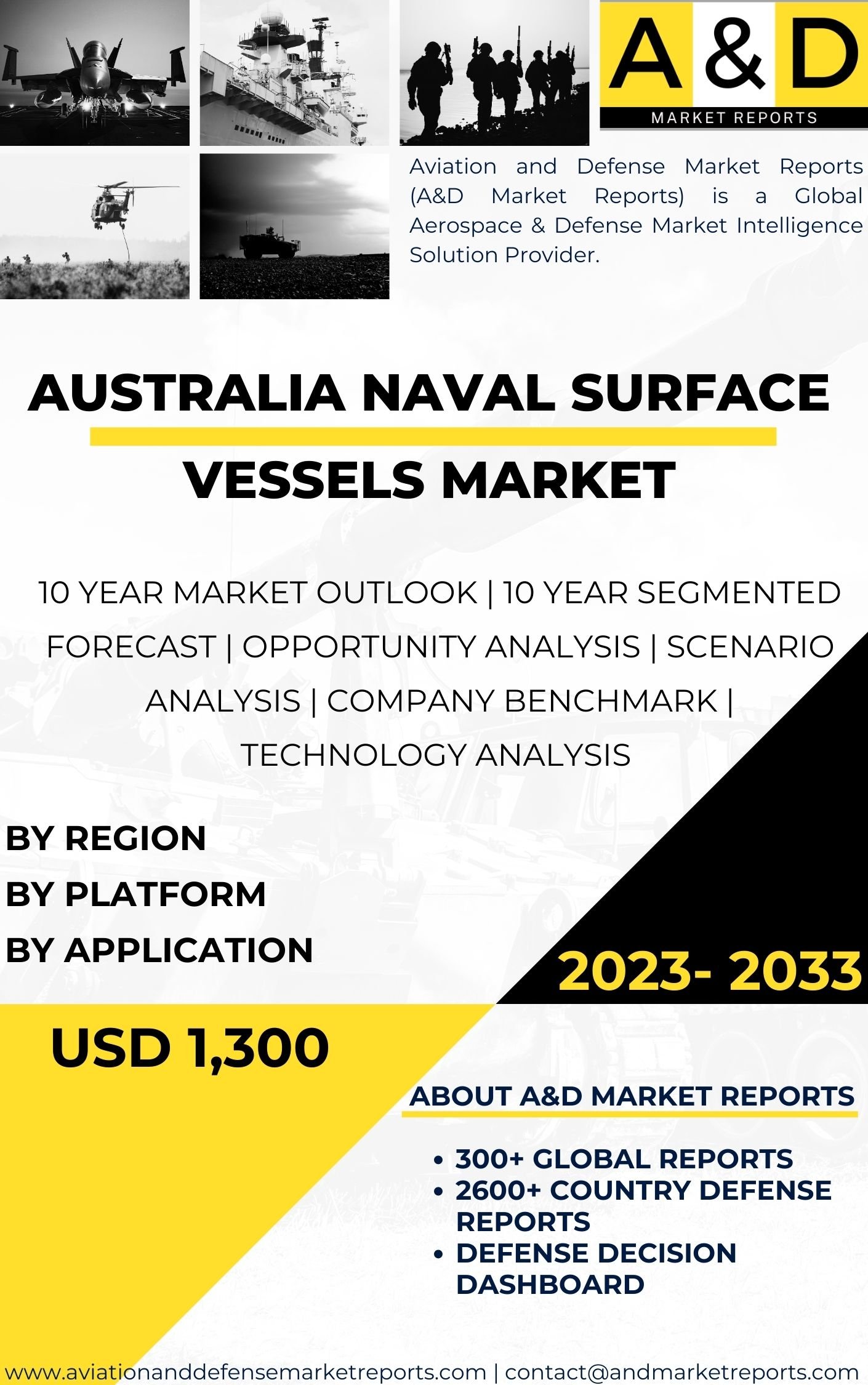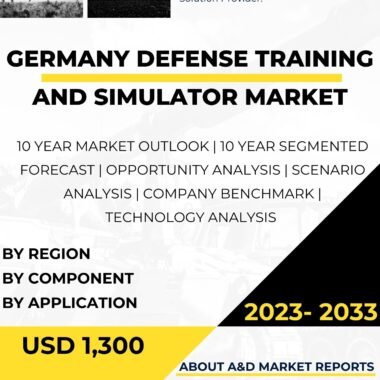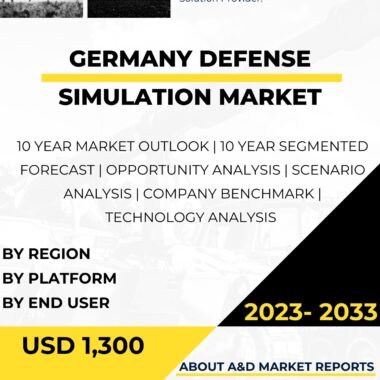Description
The naval surface vessels market in Australia is a critical component of the country’s maritime defense capabilities, supporting the Royal Australian Navy (RAN) in maintaining a modern and versatile fleet of surface combatants. Naval surface vessels are essential for safeguarding Australia’s vast maritime territory, protecting its trade routes, and contributing to regional stability in the Indo-Pacific region. This article provides a comprehensive overview of the Australia naval surface vessels market, including its significance, current capabilities, major players, technological advancements, and future prospects.
The significance of the naval surface vessels market in Australia lies in its role in supporting the country’s maritime defense strategy and safeguarding its maritime interests. As a maritime nation with over 25,000 kilometers of coastline and one of the largest Exclusive Economic Zones (EEZ) in the world, Australia’s naval forces play a vital role in protecting its vast maritime territory. Naval surface vessels provide the RAN with the ability to conduct a range of missions, including coastal defense, anti-submarine warfare (ASW), anti-air warfare (AAW), and maritime security operations.
The Australia naval surface vessels market encompasses a diverse range of surface combatants, including frigates, destroyers, patrol vessels, amphibious ships, and offshore patrol vessels (OPVs). Each class of vessel is designed to fulfill specific operational roles and requirements, contributing to the RAN’s ability to conduct a wide range of maritime missions.
The current capabilities of the Australia naval surface vessels market include a mix of domestically designed and constructed vessels, as well as imports from international suppliers. Australian shipbuilders, such as ASC Shipbuilding and Austal, have been involved in the construction of naval surface vessels for the RAN. These shipyards collaborate with international defense contractors and use advanced shipbuilding technologies to deliver state-of-the-art vessels to the RAN.
Major international players in the naval surface vessels market, including BAE Systems, Navantia, and Lockheed Martin, have also been significant contributors to Australia’s naval fleet. These companies have supplied advanced surface combatants, such as frigates and destroyers, to enhance the RAN’s capabilities.
Technological advancements play a crucial role in shaping the future of the Australia naval surface vessels market. Research and development efforts focus on enhancing vessel capabilities in areas such as stealth, sensor integration, weapon systems, propulsion efficiency, and autonomous technologies.
Stealth technologies are increasingly important to minimize a vessel’s radar cross-section, reducing its detectability and vulnerability to potential threats. Advances in composite materials and design techniques contribute to improved stealth features in naval surface vessels, enhancing their survivability and mission effectiveness.
Sensor integration is a key focus area in modern naval surface vessels, as it enables enhanced situational awareness and facilitates network-centric warfare capabilities. Advanced sensor suites, including radars, sonars, electro-optical systems, and data fusion technologies, provide the RAN with comprehensive surveillance and target detection capabilities.
The integration of advanced weapon systems is vital for naval surface vessels to effectively engage various threats at sea. These weapon systems include anti-ship missiles, anti-aircraft missiles, torpedoes, and naval guns. The ability to launch and control multiple missiles simultaneously enhances the vessel’s firepower and contributes to its versatility in multi-domain operations.
Efforts to improve propulsion efficiency are ongoing, driven by the need for increased range, speed, and endurance of naval surface vessels. The adoption of hybrid propulsion systems and energy-efficient technologies contributes to reducing fuel consumption and environmental impact.
Looking ahead, the Australia naval surface vessels market is expected to witness continued growth and investment. As the country seeks to modernize and expand its naval fleet, there will be opportunities for domestic and international shipbuilders to collaborate on research, development, and construction of advanced surface combatants.
The RAN’s plans to acquire new frigates and other naval surface vessels will drive demand for cutting-edge technologies and innovative design solutions. Collaborations between domestic shipyards and international partners will facilitate technology transfer and knowledge exchange, accelerating the development of advanced naval surface vessels.
In addition to traditional surface combatants, the emerging role of autonomous and unmanned surface vessels (ASVs and USVs) presents new opportunities for the naval surface vessels market. The integration of ASVs and USVs into the RAN’s fleet could enhance its capability in tasks such as mine countermeasures, intelligence, surveillance, and reconnaissance (ISR), and logistics support.
Furthermore, the emphasis on maritime security and regional stability in the Indo-Pacific region has drawn attention to arms exports and technology transfer. Australia’s strategic partnerships with other countries may drive the potential for exporting domestic naval surface vessels to allied nations or engaging in joint research and development projects to address shared security challenges.
In conclusion, the Australia naval surface vessels market is of significant importance for the country’s maritime defense capabilities and strategic posture. Advanced surface combatants enable the RAN to maintain a modern and versatile fleet, protecting Australia’s vast maritime territory and contributing to regional security. Collaborations between domestic and international shipbuilders drive research, development, and innovation in the sector, enhancing vessel capabilities in stealth, sensor integration, weapon systems, and propulsion efficiency. Technological advancements, including autonomous technologies and hybrid propulsion, will play a crucial role in shaping the future of the market. Continued investments in research, development, and international partnerships will be instrumental in maintaining Australia’s credible and effective naval surface vessels capability. As the RAN looks to modernize and expand its fleet, the demand for advanced surface combatants will continue to grow, positioning Australia as a key player in the global naval surface vessels market.




